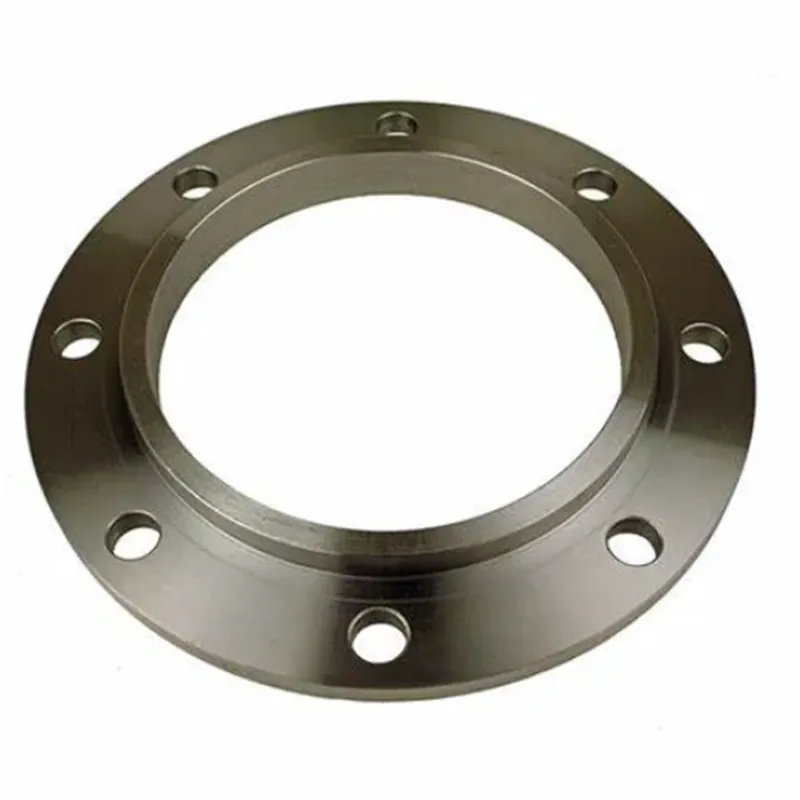-
Cangzhou Yulong Steel Co., Ltd.
-
Phone:
+86 13303177267 -
Email:
admin@ylsteelfittings.com
- English
- Arabic
- Italian
- Spanish
- Portuguese
- German
- kazakh
- Persian
- Greek
- French
- Russian
- Polish
- Thai
- Indonesian
- Vietnamese
- Zulu
- Korean
- Uzbek
- Hindi
- Serbian
- Malay
- Ukrainian
- Gujarati
- Haitian Creole
- hausa
- hawaiian
- Hebrew
- Miao
- Hungarian
- Icelandic
- igbo
- irish
- Japanese
- Javanese
- Kannada
- Khmer
- Rwandese
- Afrikaans
- Albanian
- Amharic
- Armenian
- Azerbaijani
- Basque
- Belarusian
- Bengali
- Bosnian
- Bulgarian
- Catalan
- Cebuano
- China
- China (Taiwan)
- Corsican
- Croatian
- Czech
- Danish
- Esperanto
- Estonian
- Finnish
- Frisian
- Galician
- Georgian
- Kurdish
- Kyrgyz
- Lao
- Latin
- Latvian
- Lithuanian
- Luxembourgish
- Macedonian
- Malgashi
- Malayalam
- Maltese
- Maori
- Marathi
- Mongolian
- Myanmar
- Nepali
- Norwegian
- Norwegian
- Occitan
- Pashto
- Dutch
- Punjabi
- Romanian
- Samoan
- Scottish Gaelic
- Sesotho
- Shona
- Sindhi
- Sinhala
- Slovak
- Slovenian
- Somali
- Sundanese
- Swahili
- Swedish
- Tagalog
- Tajik
- Tamil
- Tatar
- Telugu
- Turkish
- Turkmen
- Urdu
- Uighur
- Welsh
- Bantu
- Yiddish
- Yoruba

Dec . 06, 2024 11:04 Back to list
Specifications for Schedule 40 Welded Elbows in Piping Applications
Understanding the Importance of Schedule 40 Weld Elbows in Piping Systems
In the realm of piping systems, the choice of materials and components is paramount for ensuring safety, efficiency, and durability. One such critical component is the Schedule 40 weld elbow. These fittings are commonly used in various applications, ranging from residential plumbing to large industrial processes. In this article, we will explore the significance of Schedule 40 weld elbows, their construction, applications, and best practices for installation.
What Are Schedule 40 Weld Elbows?
Schedule 40 refers to the wall thickness of the pipe, which is a standard measurement that dictates the strength and pressure handling capacity of the piping system. Weld elbows serve as essential connectors that allow pipes to change direction, typically at angles of 90 or 45 degrees. Made from materials like PVC, stainless steel, and carbon steel, these fittings are designed to withstand considerable pressure while maintaining structural integrity.
The weld in weld elbows indicates that these fittings are meant to be securely attached to the pipes through welding. This connection method creates a strong bond that is less likely to leak compared to other joining techniques, such as threaded or glued connections. Therefore, using Schedule 40 weld elbows is often preferred in high-pressure applications where reliability is critical.
Applications of Schedule 40 Weld Elbows
Schedule 40 weld elbows are utilized in various sectors, including
1. Industrial Applications In chemical processing plants, oil refineries, and power generation facilities, weld elbows play a vital role in efficiently directing flow and managing pressure in piping systems.
2. Construction and HVAC These fittings are crucial for creating ventilation systems, plumbing installations, and fire protection systems where directional changes in pipes are necessary.
4. Water Distribution Municipal water supply systems often employ these fittings to ensure a steady and reliable flow, adapting to the geographical layout of the piping infrastructure.
schedule 40 weld elbows

Advantages of Using Schedule 40 Weld Elbows
1. Durability The robust construction of Schedule 40 weld elbows ensures they can withstand harsh environmental conditions and high pressures without failing.
2. Corrosion Resistance Depending on the material used (e.g., stainless steel or PVC), these fittings can offer excellent resistance to corrosion, which is vital in preventing leaks and extending the life of the system.
3. Better Flow Characteristics Weld elbows provide smoother interior surfaces compared to threaded or glued joints, reducing turbulence and enhancing flow efficiency.
4. Long-Term Cost Efficiency Although the initial installation cost may be higher due to welding requirements, the longevity and reliability of the weld elbow can lead to substantial savings over time by reducing the risk of repairs and replacements.
Best Practices for Installation
To maximize the benefits of Schedule 40 weld elbows, proper installation is crucial. Here are some best practices
1. Surface Preparation Ensure that both the pipe and elbow surfaces are clean and free from contaminants to achieve a strong weld.
2. Proper Welding Techniques Use the appropriate welding method for the material being used—TIG or MIG welding is commonly employed for stainless steel, while PVC requires a specialized solvent welding technique.
3. Inspection After installation, conduct a thorough inspection to check for any signs of leaks or weak joints. Testing under pressure is recommended before placing the system into service.
In conclusion, Schedule 40 weld elbows are indispensable components in many piping systems. Their strong, reliable connections ensure the efficient movement of fluids in various applications. Understanding their importance and adhering to best practices in installation can significantly enhance the performance and longevity of piping systems, making them a popular choice among engineers and contractors alike.
Latest news
-
ANSI 150P SS304 SO FLANGE
NewsFeb.14,2025
-
ASTM A333GR6 STEEL PIPE
NewsJan.20,2025
-
ANSI B16.5 WELDING NECK FLANGE
NewsJan.15,2026
-
ANSI B16.5 SLIP-ON FLANGE
NewsApr.19,2024
-
SABS 1123 FLANGE
NewsJan.15,2025
-
DIN86044 PLATE FLANGE
NewsApr.19,2024
-
DIN2527 BLIND FLANGE
NewsApr.12,2024
-
JIS B2311 Butt-Welding Fittings LR/SR 45°/90° /180°Seamless/Weld
NewsApr.23,2024











